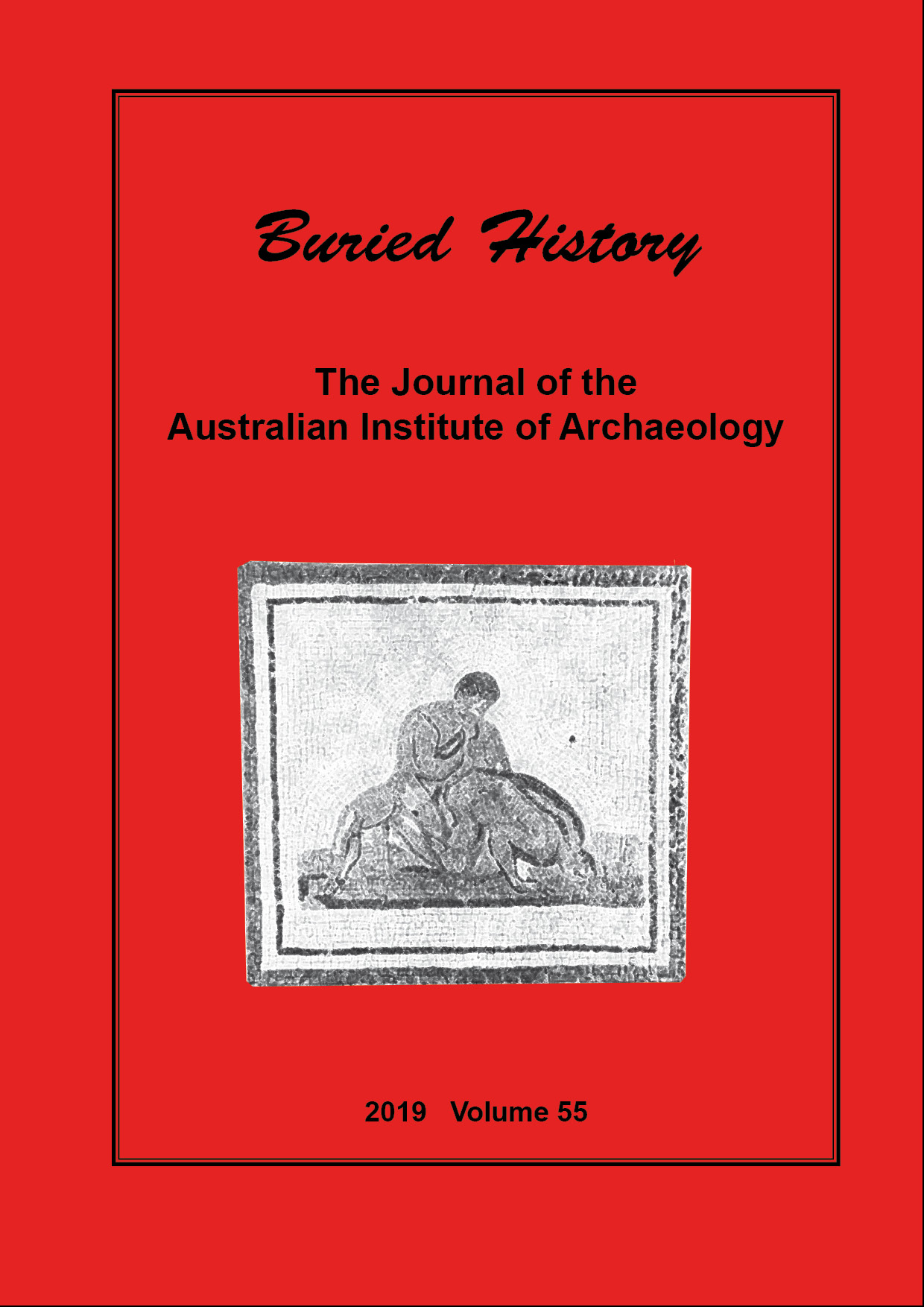Systematisation in Ancient Mesopotamian Religion
DOI:
https://doi.org/10.62614/7s63bk64Abstract
Our Western religious context leads us to expect that ancient religions would tend to have a systematisation that incorporated all beliefs and practices. This expectation may be tested with Mesopotamian religion, which demonstrates many problems with this assumption. There was a weak systematisation with some procedures, leading to legitimation through a divine figure or an earlier stage of creation. However different legitimations were not connected. Extispicy, divination by means of inspecting the entrails of sacrificed animals, is a particular puzzle because different legitimations of the one procedure may not have been consistent. Myths may contradict the presuppositions of procedures. They may incorporate elements that have a purely literary role and do not reflect theological beliefs, or elements that have a theological role and do not reflect cosmological beliefs. Where there are systematic tendencies behind myths the driving force may be political, prompting the suggestion that lack of system is the normal state.
Downloads
Published
Issue
Section
License
Copyright (c) 2020 Noel K. Weeks (Author)

This work is licensed under a Creative Commons Attribution-NonCommercial-ShareAlike 4.0 International License.




